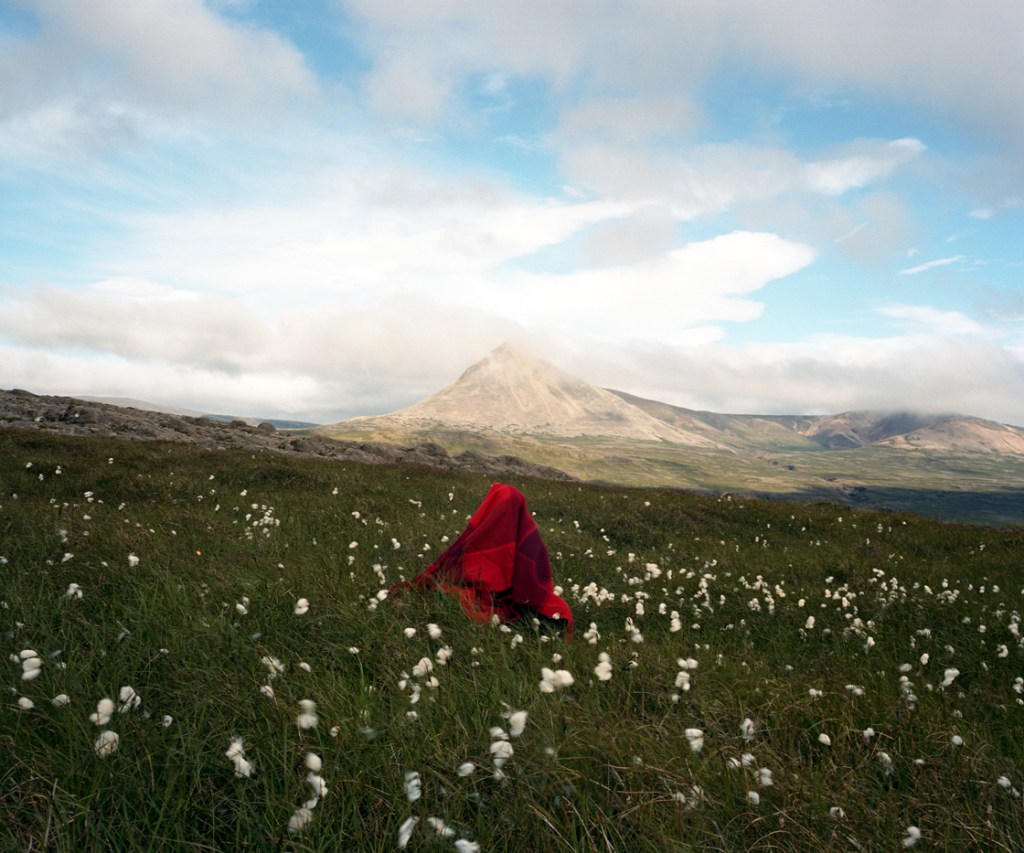This column/section is dedicated to the act of listening
///////soundscape\\\\\\
Part one.
That type of listening that could make you loose the perception of time and space, and could give a new sense to time and space.
I could start with talking about acoustic ecology and ethical listening, and about the need to create an artificial soundscape to replace the one spoilt by the extreme presence of sound sources. But I won’t do it, at least not in this first chapter.
Part two.
Now I’d like you to use your imagination. The same imagination you used when for the first time you were told that you could hear the sound of the ocean by holding a seashell to your ear. I remember I was five years old and I got quite disoriented.
So I used to imagine that the seashell was carrying the weigh of the whole ocean and if I had dropped it I would have flooded home.
By approaching my ear, I could hear the ocean, the undertow, the movement of the waves, the seagulls and the gabble of the fishermen’s boats returning to the shore.
This column/section is dedicated to imagination. We’ll talk about soundscape and music conceived for a space.
A space that could be real, realistic, metaphysical or imaginary. Barefoot. The soundscape experience is like the feeling of walking barefoot on a field of grass or on a beach of wet sand when spring comes back after a long season of hibernation.
The sense of listening merges with the other senses and becomes tactile and visible. It’s the perception of the granularity of the soil, the blades of grass, the curls of water that create rivers in your footprints. It’s the perception of this all in every millimeter of your feet, having sensitivity everywhere and not only under your heel and toes.
Listen it with your eyes closed, or with your headphones while walking in the street. This playlist is for those who would like to see sound. There’s a sound that connects all the tracks to each other: the sound of bells, the closest sound to a pure sine curve. We’ll travel across mysterious places as India and the cold northern land.
Enjoy the listening.
p.s. here’s a little game to play with your friends, family or on your own. It’s one of the “100 Exercises in Listening and Soundmaking” by R. Murray Schafer. I’ll give you one of these games for each playlist.
1. Write down all the sounds you hear. Give yourself the time you need, take some minuted to do it. Then, if you’re doing it with some company, exchange your lists and find the differences. Each of you will have a diff
erent list, but none of them is wrong.
1 – Hildegard Westerkamp – Gently Penetrating Beneath the Sounding Surfaces of Another Place
Hildegard Westerkamp (1946, Osnabruck, Germania) is an electroacoustic composer. Several of her pieces are connected to the sound of space and the environment. Sound of cities and rural areas, of uncontaminated landscapes and of voices, to which she associates noise and music instruments. She composed the soundtrack (but we should better call it soundscape) of the trilogy by Gus Van Sant: Elephant (2003), Last Days (2005) and Paranoid Park (2007). She’s one of the founders of the World Forum of Acoustic Ecology (WFAE).
2- Megafortress – Pilot
Megafortress, Bill Gillim, is a musician from New York, but it’s also the name of a video game which simulates the flight of an airplane. We don’t know much about him more than the fact that “Believe” is his second work after his EP “Megafortress” (2012). He plays live with the help of Kevin Uehlinger on Rhodes, Dan Bates on bass Michael Barron on drums.
The project finds its shape in an apartment of the creative New York from some recordings of the surrounding environment. The process of compos
ing brings naturally to the association of these sounds to the sound of the human voice.
3 – Ben Frost – Through The Mouth Of Your Eye
Ben Frost (1980) is an Australian composer and producer based in Rekjiavik, Iceland.
He writes minimalistic and electroacoustic music. He wrote for cinema (Solaris), for dancing, and for musical theatre. In 2013, for the first time, he conducted a rendition of the novel “The Wasp Factory” by Iain Banks. The track comes from that work.
4 – Tortoise – Ten-day Interval
They’ve been defined as the fathers of the post-rock movement.
5 – Valgeir Sigurðsson – Cold Ground, Hot
Among his several collaborations, the best known is probably the one with Bjork for the soundtrack of Las Von Trier’s “Dancing in the dark”, for which he has been the sound engineer and programmer. He founded the Greenhouse Studios, in Iceland, and the label Bedroom Community (Nico Muhly, Ben Frost, Sam Amidon…). He writes for theatre, cinema and tv. Among his solo work there’s the album “Draumalandið”, where we find the piece “Cold Ground, Hot”.
[mixcloud https://www.mixcloud.com/carmen_canale/barefoot-the-soundscape-experience/ width=100% height=400 light=1 autoplay=1]
Artwork by Nich Hance McElroy
